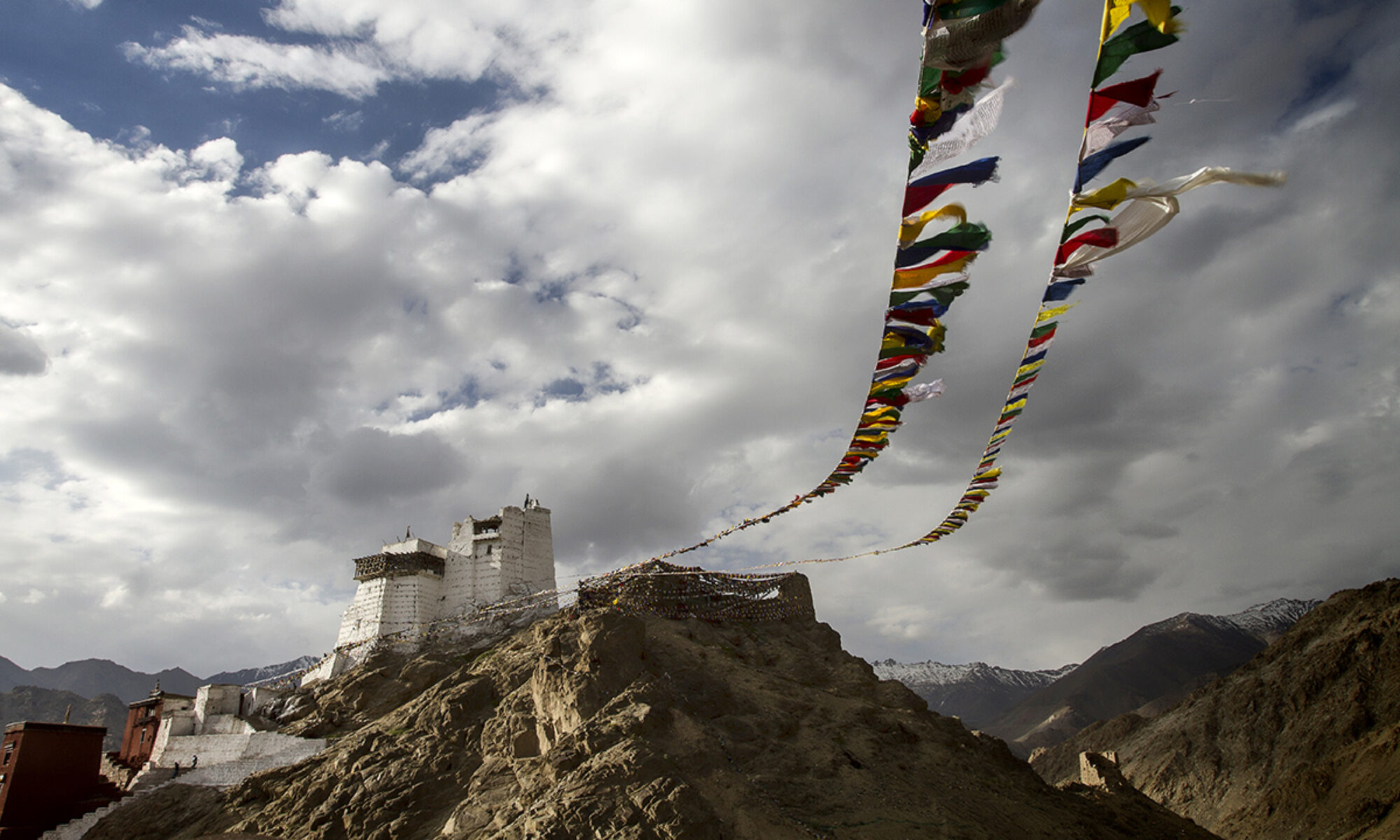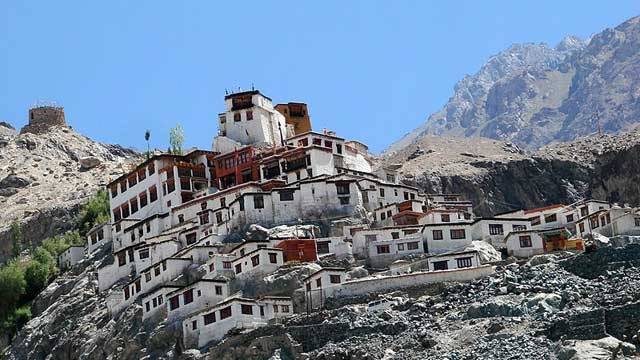Embarking on a Spiritual Odyssey: Exploring Diskit Monastery, Ladakh
Nestled amidst the rugged landscapes of the Nubra Valley in Ladakh, Diskit Monastery stands as a beacon of spirituality and cultural heritage. Perched atop a hill overlooking the quaint village of Diskit, this ancient monastery beckons travelers with its serene ambiance, breathtaking vistas, and rich Buddhist traditions. Let us embark on a journey to discover why Diskit Monastery is a must-visit destination, uncovering its allure, location, best time to visit, and how to plan an enriching tour.
Discovering the Essence of Diskit Monastery: A Must-Visit Destination
Diskit Monastery holds a revered position among Buddhist pilgrims and cultural enthusiasts, drawing visitors from far and wide to its hallowed grounds. Beyond its religious significance, Diskit captivates the hearts of travelers with its ancient architecture, awe-inspiring surroundings, and profound spiritual aura. Whether you seek solace amidst the Himalayan wilderness or wish to immerse yourself in Ladakh’s vibrant culture, Diskit Monastery promises an unforgettable journey of self-discovery and enlightenment.
Location: Amidst the Tranquil Landscapes of Nubra Valley
Located in the northernmost region of India, Ladakh is renowned for its pristine beauty and spiritual fervor. Diskit Monastery lies nestled in the heart of the Nubra Valley, approximately 118 kilometers from Leh, the capital of Ladakh. Surrounded by towering mountains and lush greenery, Diskit offers a picturesque setting that transports visitors to a realm of tranquility and serenity.
Best Time to Visit: Embracing the Seasons of Serenity
The best time to visit Diskit Monastery is during the summer months, from May to September, when the weather is mild and conducive to exploration. During this time, travelers can witness the blooming of wildflowers, embark on scenic hikes amidst the verdant landscapes, and partake in local festivals and cultural celebrations. However, adventurous souls seeking a glimpse of Ladakh’s winter wonderland can visit Diskit during the offseason months of October to April, when the region is blanketed in snow and offers a unique charm of its own.
How to Reach: Navigating the Journey to Enlightenment
Reaching Diskit Monastery involves a scenic journey through the breathtaking landscapes of Ladakh. Travelers can embark on a picturesque drive from Leh to Diskit, traversing rugged mountain passes and winding roads that offer panoramic views of the surrounding valleys. Alternatively, one can opt for shared taxis or private vehicles to reach Diskit from Leh, with the journey taking approximately 5 to 6 hours. Upon reaching Diskit, visitors are greeted by the towering facade of the monastery, which serves as a testament to Ladakh’s rich cultural heritage and spiritual legacy.
How to Plan a Tour: Tips for an Enriching Experience
To make the most of your visit to Diskit Monastery, consider the following tips:
Explore the Monastery Complex: Take your time to explore the various prayer halls, stupas, and murals that adorn the monastery complex, each offering a glimpse into Ladakh’s rich artistic heritage.
Attend the Morning Prayer Ceremony: Experience the spiritual essence of Diskit by attending the morning prayer ceremony conducted by the resident monks, where you can witness traditional Buddhist rituals and chants.
Visit Nearby Attractions: Explore other nearby attractions, such as the towering Maitreya Buddha statue and the picturesque Hunder Sand Dunes, to gain a deeper appreciation for the cultural and natural wonders of Ladakh.
Respect Local Customs: Dress modestly and respectfully when visiting the monastery, and adhere to the rules and guidelines provided by the monks to maintain the sanctity of the sacred site.


